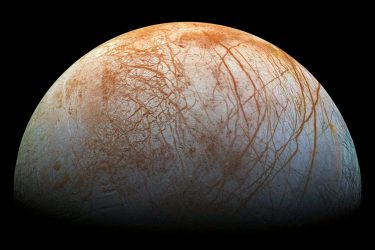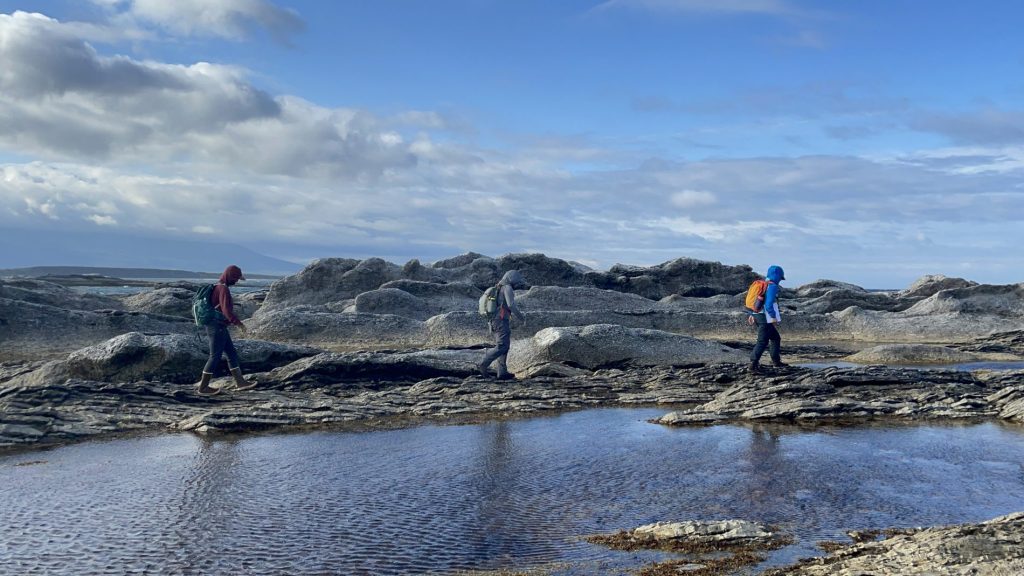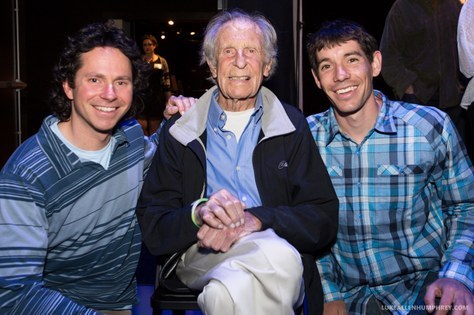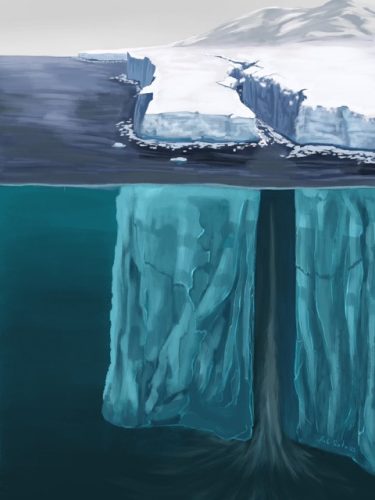UW's Eric Steig awarded 2024 Guggenheim Fellowship
ESS Professor and Chair Eric Steig, a University of Washington glaciologist and geochemist, recently was awarded a prestigious Guggenheim Fellowship, an honor given to 188 “culture creators” working across 52 disciplines.
Read moreUW Environment disciplines rank among top 10 in the world
Out of 16,400 university programs at 1,500 institutions in 96 locations around the world, UW has five subjects in the top 10 in 2024, including Geology (No. 8), Earth & Marine Sciences (No.
Read moreESS Professor Eric Steig Named 2024 Guggenheim Fellow
The Board of Trustees of the John Simon Guggenheim Memorial Foundation announced on Thursday April 11 their appointment of 188 Guggenheim Fellowships to a distinguished and diverse group of culture-creators working across 52 disciplines. ESS Professor and current chair, Eric Steig, was one of just two fellows in the field of Earth Science.
Read moreEarthquake showed Taiwan was well prepared for a big one - more so than parts of U.S.
Following a devastating earthquake in 1999, Taiwan upgraded its seismic infrastructure. Experts said it offers lessons for the U.S. West Coast. ESS Postdoctoral researcher Larry Syu-Heng Lai, and Professor and Pacific Northwest Seismic Network Director Harold Tobin are quoted.
Read moreIn the Field: UW researchers traveling to capture total solar eclipse
On Monday, large parts of the United States will experience a total solar eclipse. This eclipse is expected to be a more significant event than the one in 2017, and the next one visible from the U.S.
Read moreSigns of life detectable in single ice grain emitted from extraterrestrial moons
The ice-encrusted oceans of some of the moons orbiting Saturn and Jupiter are leading candidates in the search for extraterrestrial life. A new lab-based study led by the University of Washington in Seattle and the Freie Universität Berlin shows that individual ice grains ejected from these planetary bodies may contain enough material for instruments headed there in the fall to detect signs of life, if such life exists.
Read moreOpening up about menstruation during fieldwork to promote inclusivity
With fieldwork trips often planned down to the minute, discussion of where and when bathroom breaks occur is a common conversation among researchers. Commonly left out of these conversations is the topic of periods. ESS Assistant Professor Michelle Muth and PhD Student Sabrina Kainz are quoted.
Read moreAfter 2014 Oso landslide, what did we learn about preventing disaster?
ESS Professor and geomorphologist David Montgomery is quoted. Montgomery served on a governor-appointed landslide commission in the wake of Oso.
Read more at the Seattle TimesESS Alumni Climbing into History
Not surprisingly, over the years, UW geology and geophysics students and faculty have enjoyed and excelled at rock climbing and mountaineering.
Read more80 mph speed record for glacier fracture helps reveal the physics of ice sheet collapse
There’s enough water frozen in Greenland and Antarctic glaciers that if they melted, global seas would rise by many feet. What will happen to these glaciers over the coming decades is the biggest unknown in the future of rising seas, partly because glacier fracture physics is not yet fully understood.
Read more




